1927 Vauxhall 30-98 OE Velox Tourer
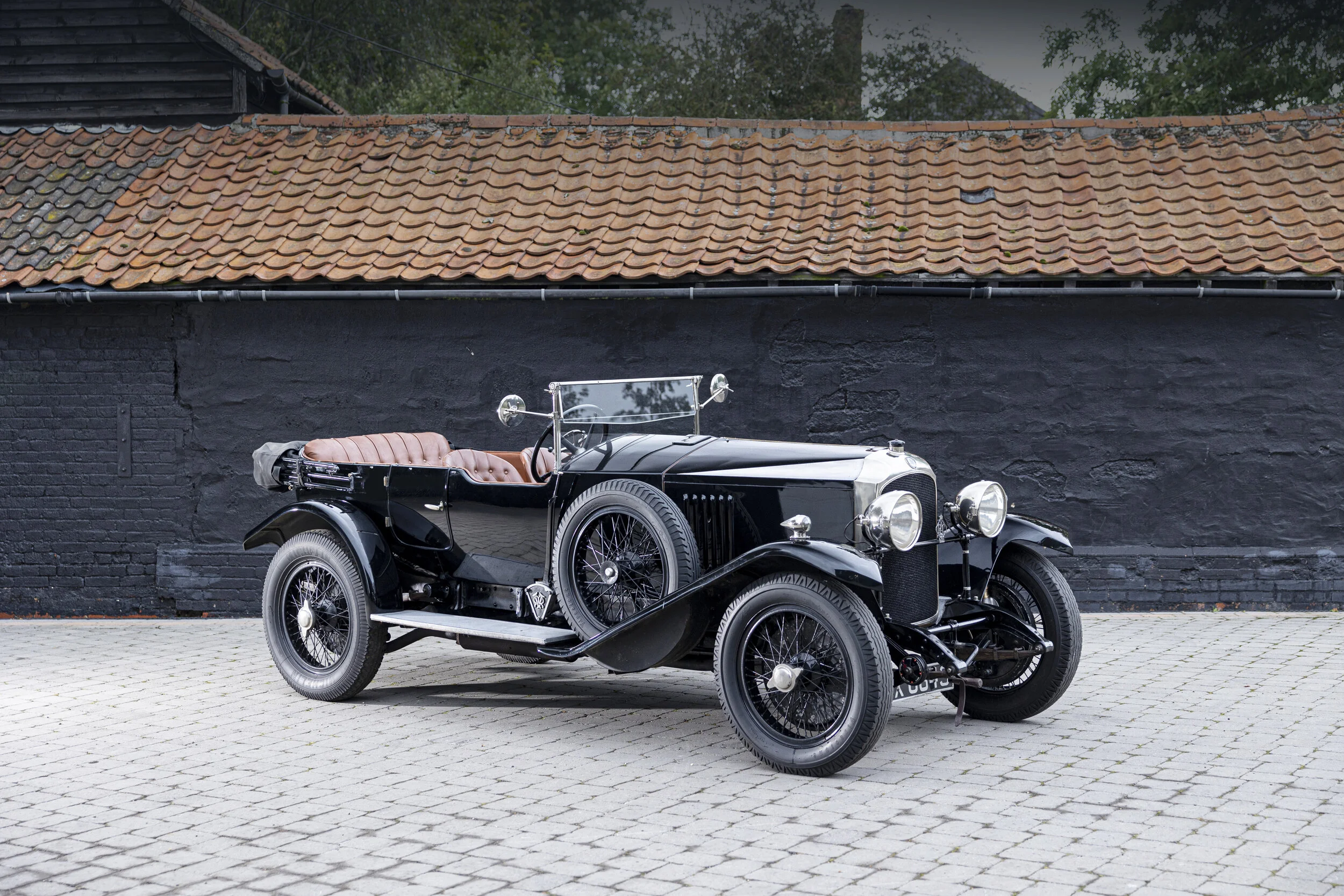
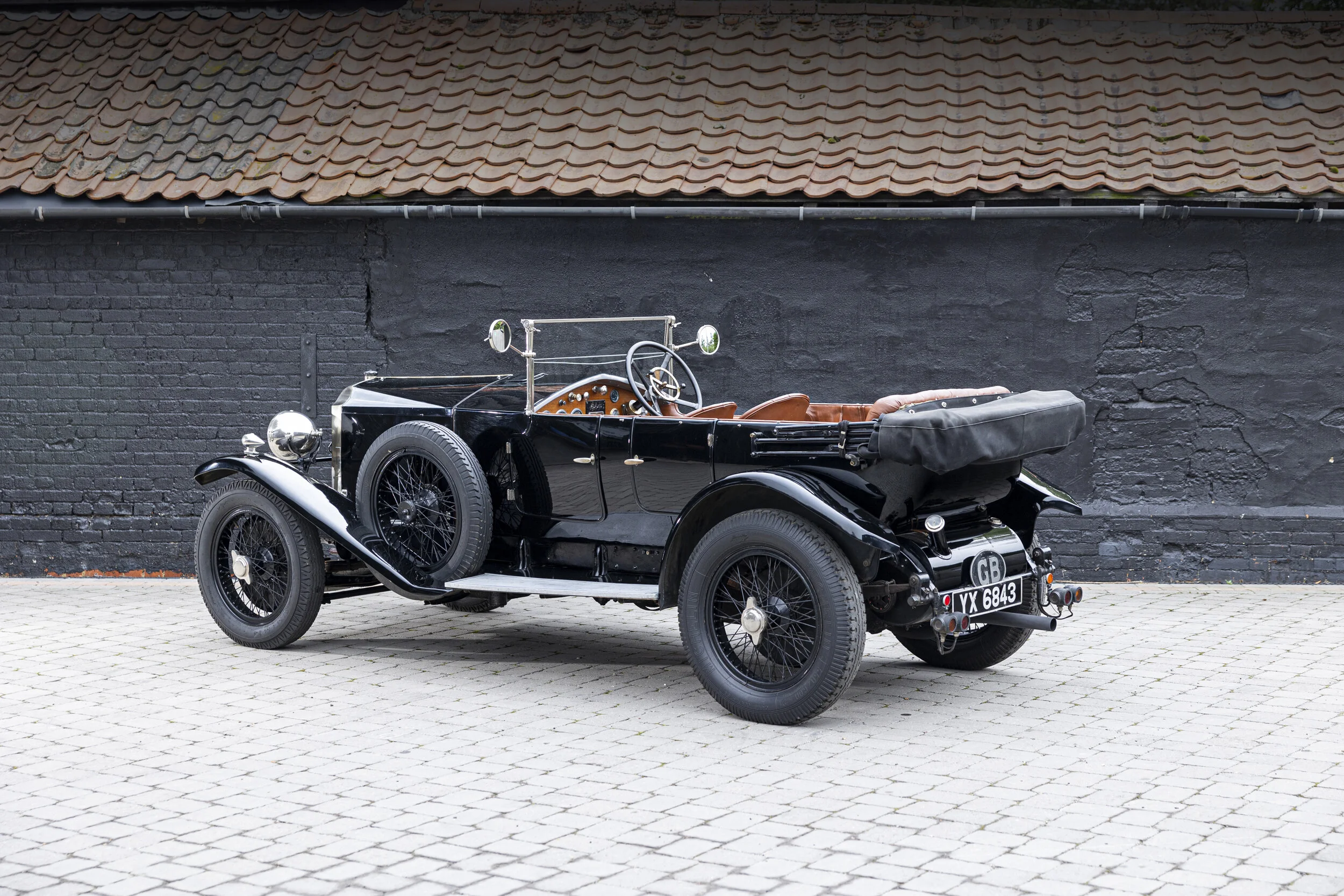
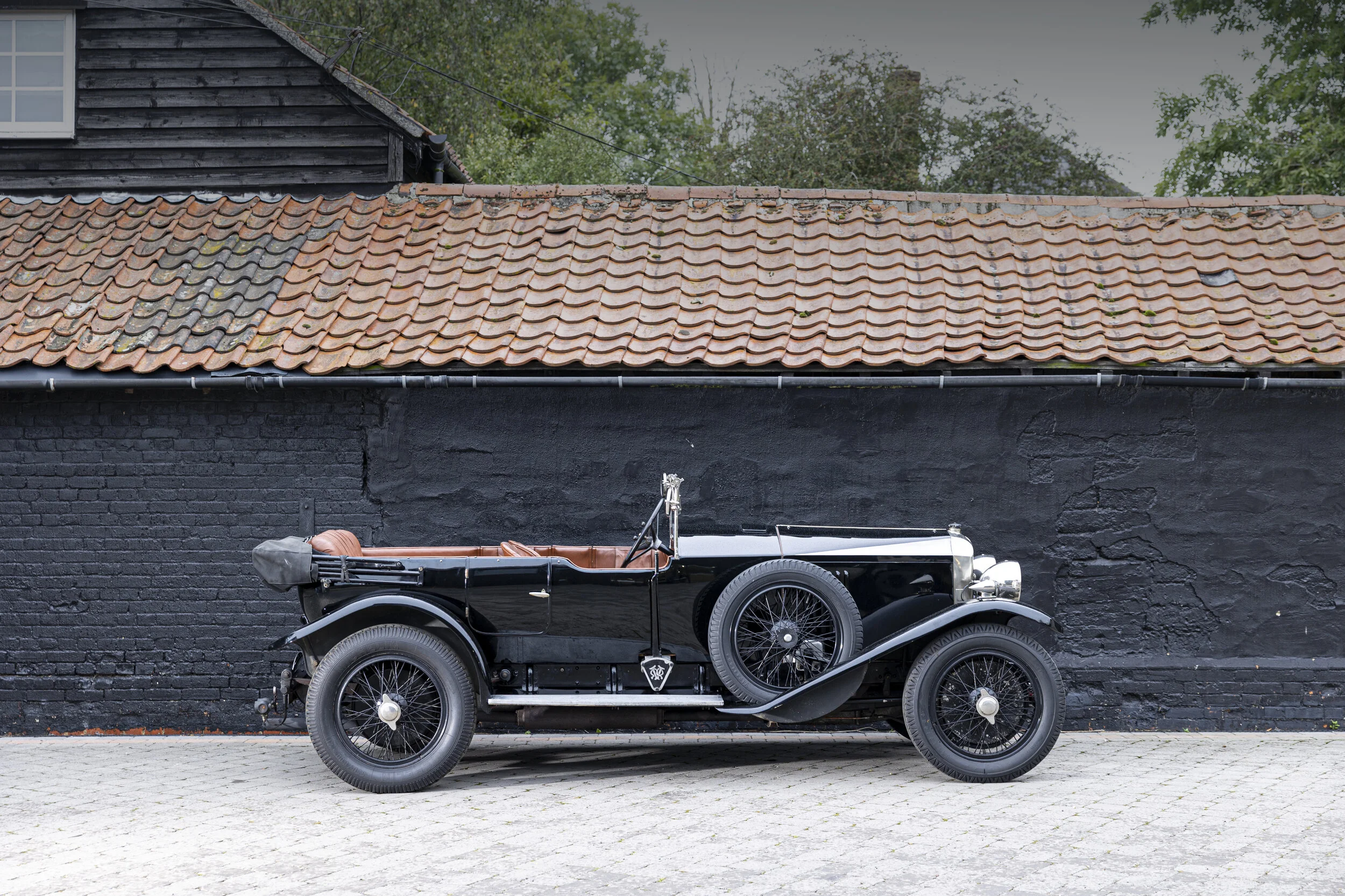

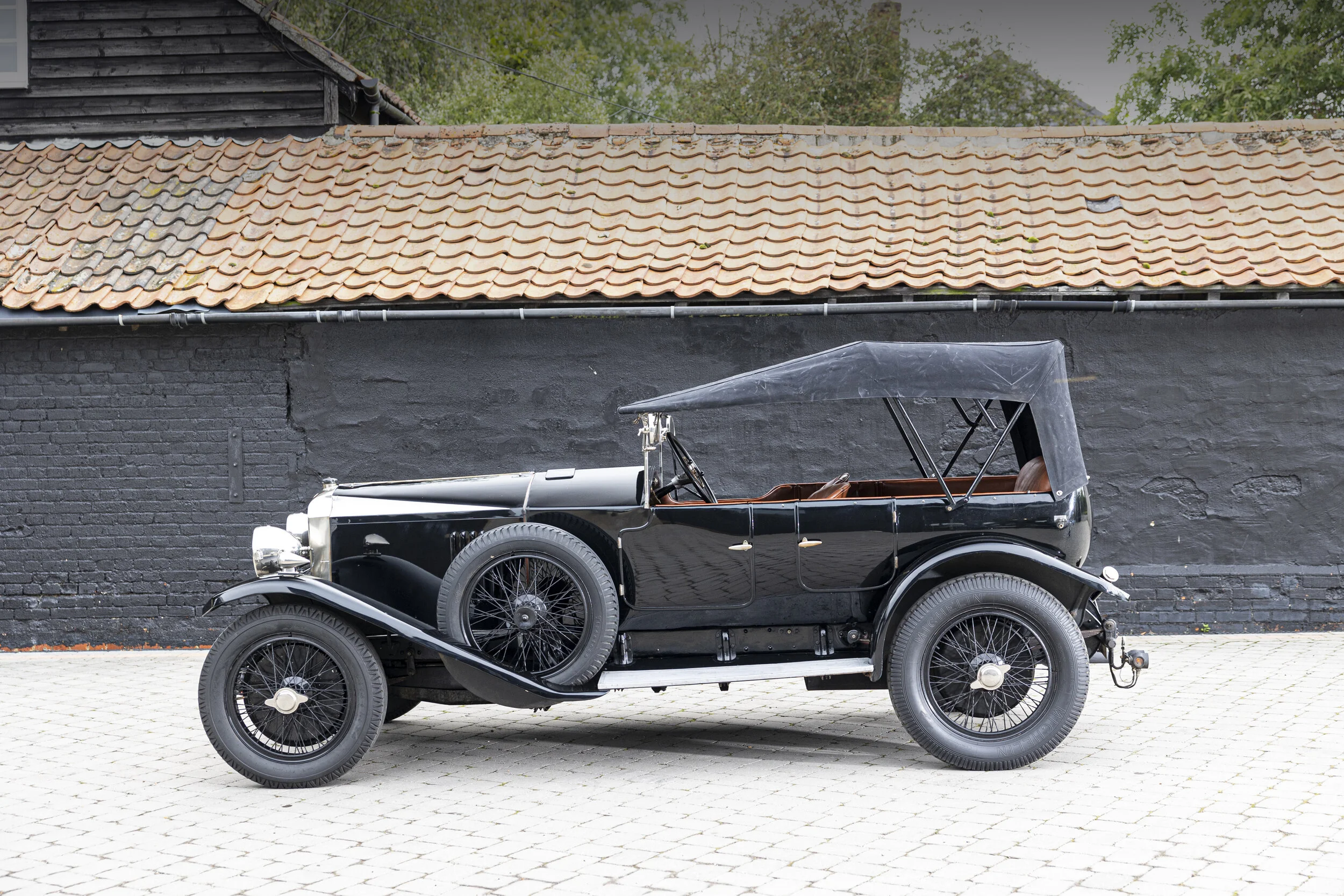
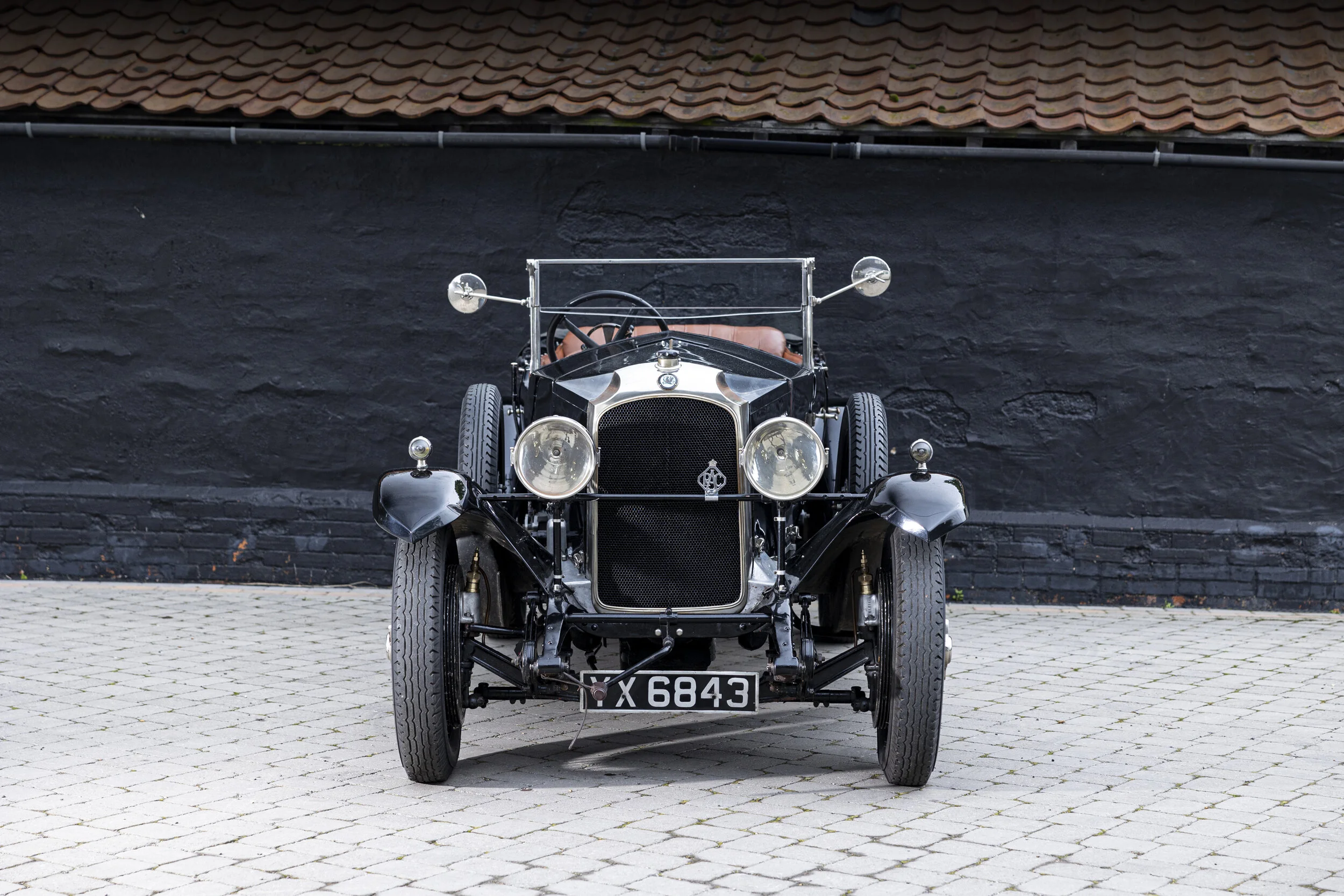
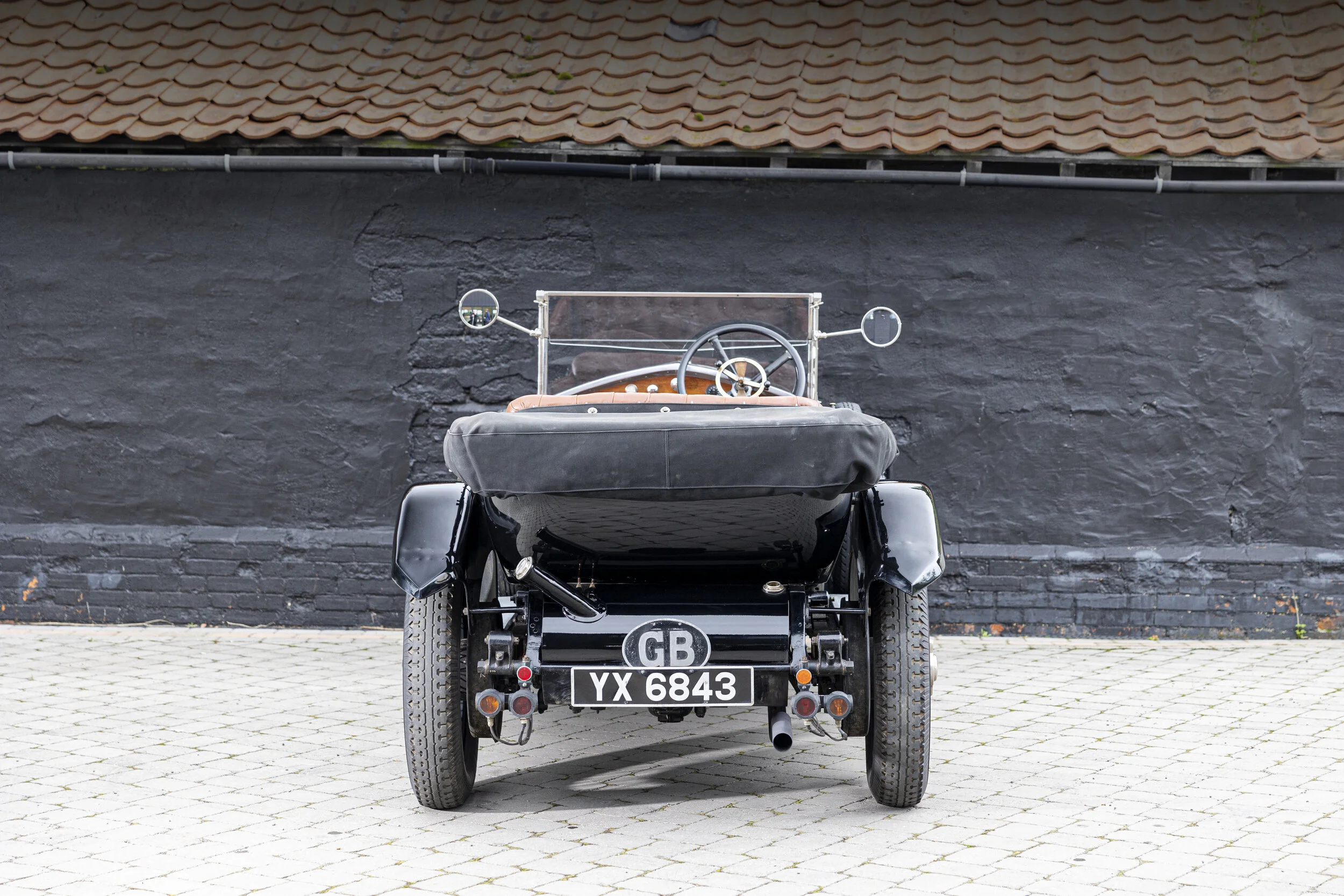
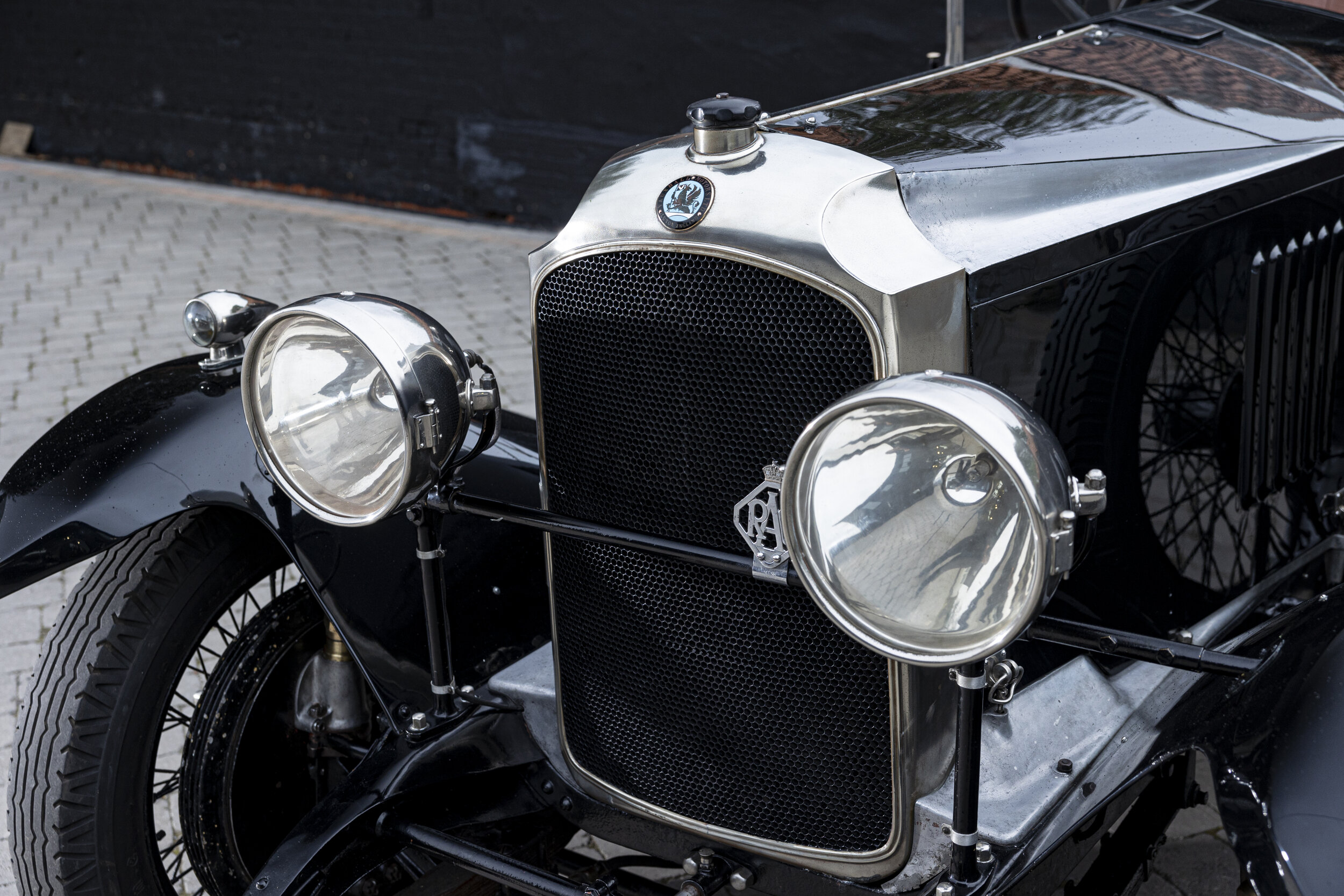
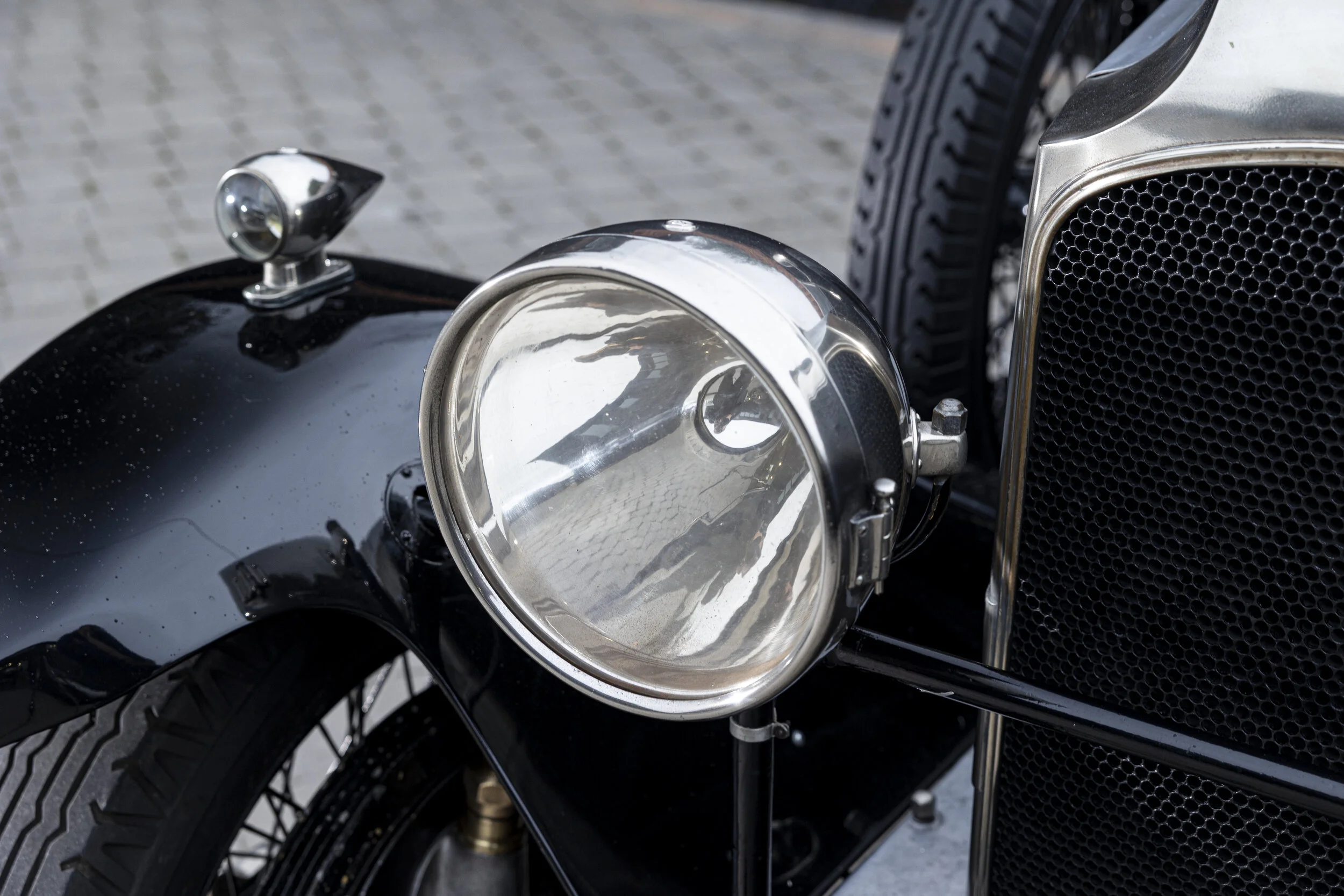
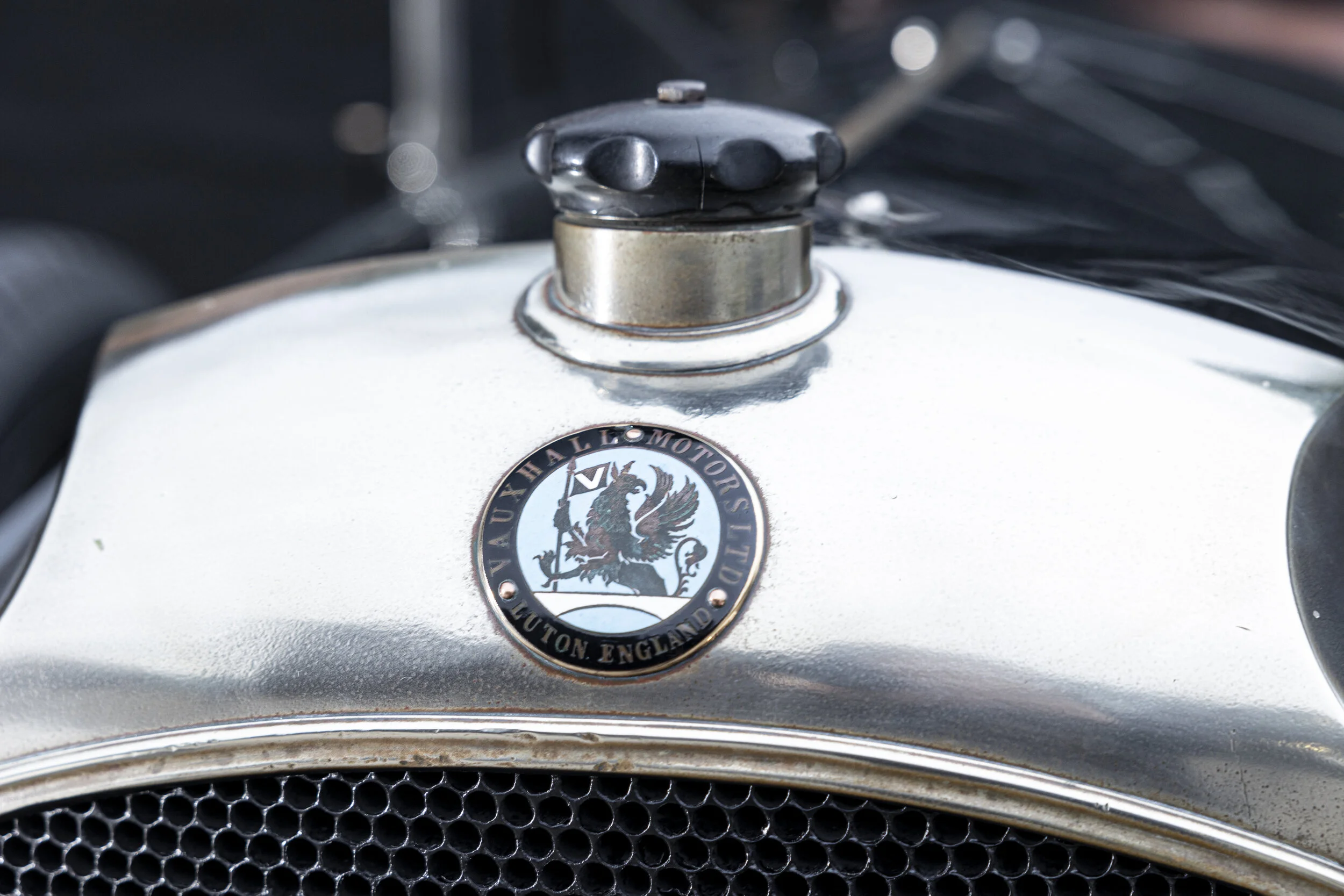


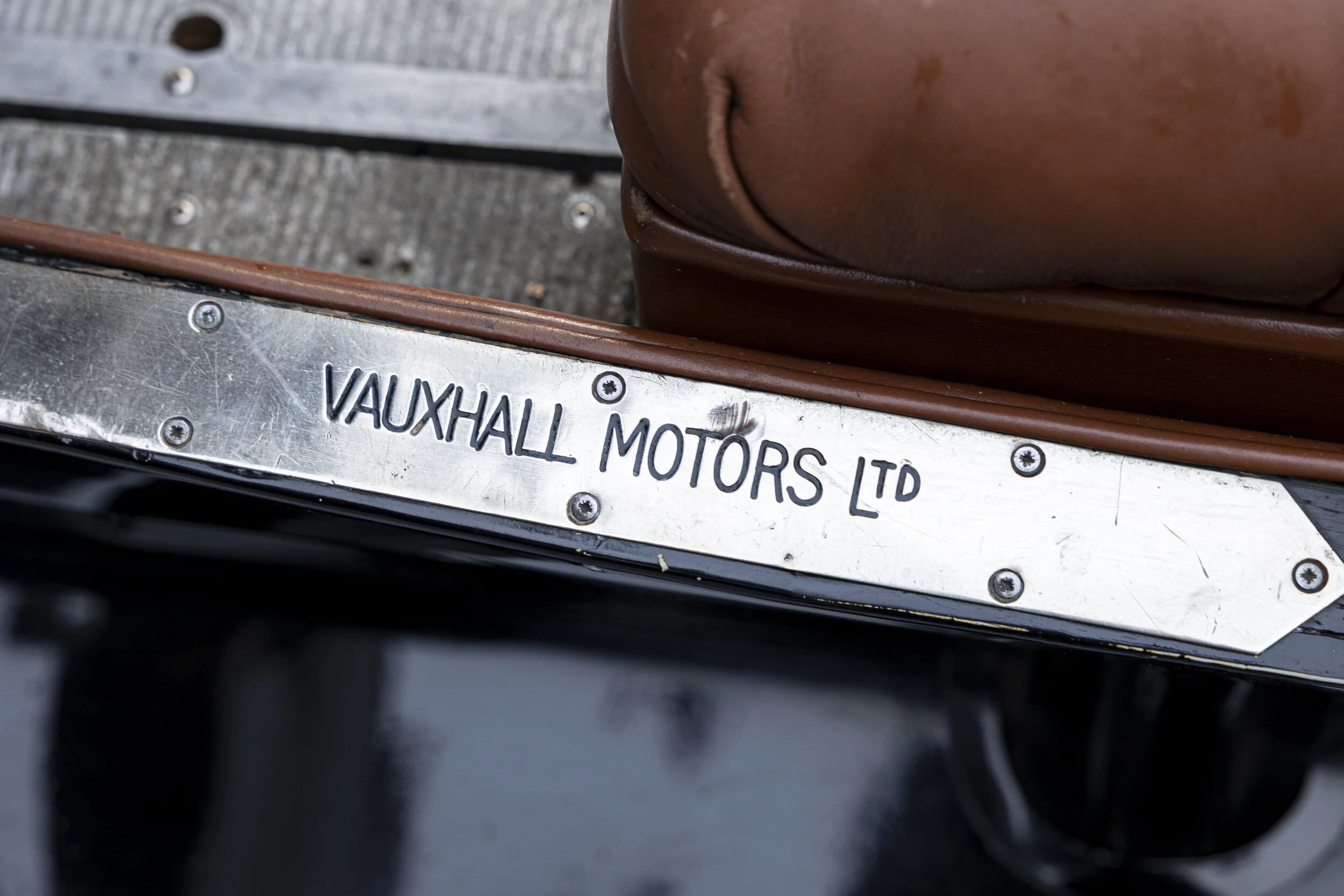
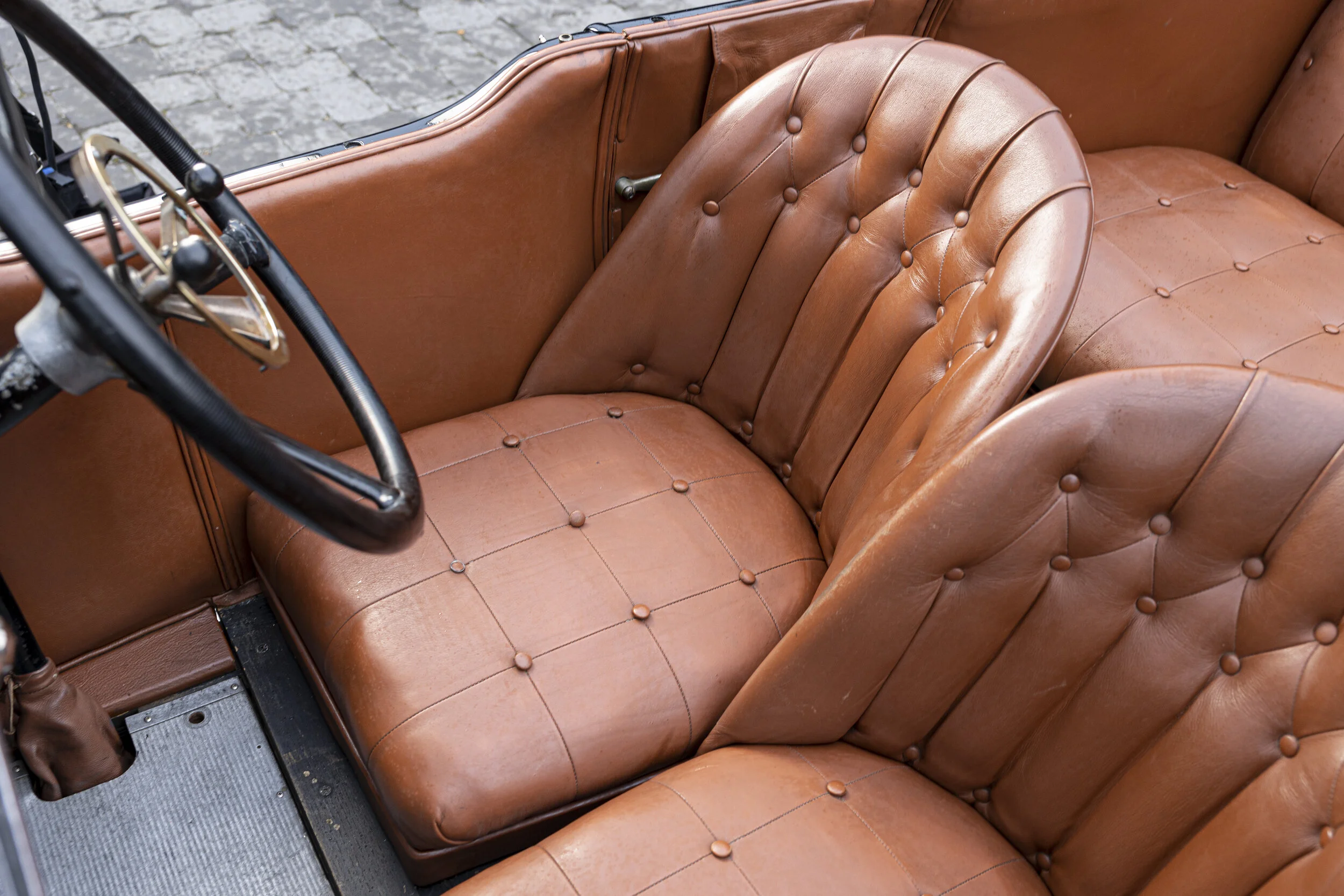
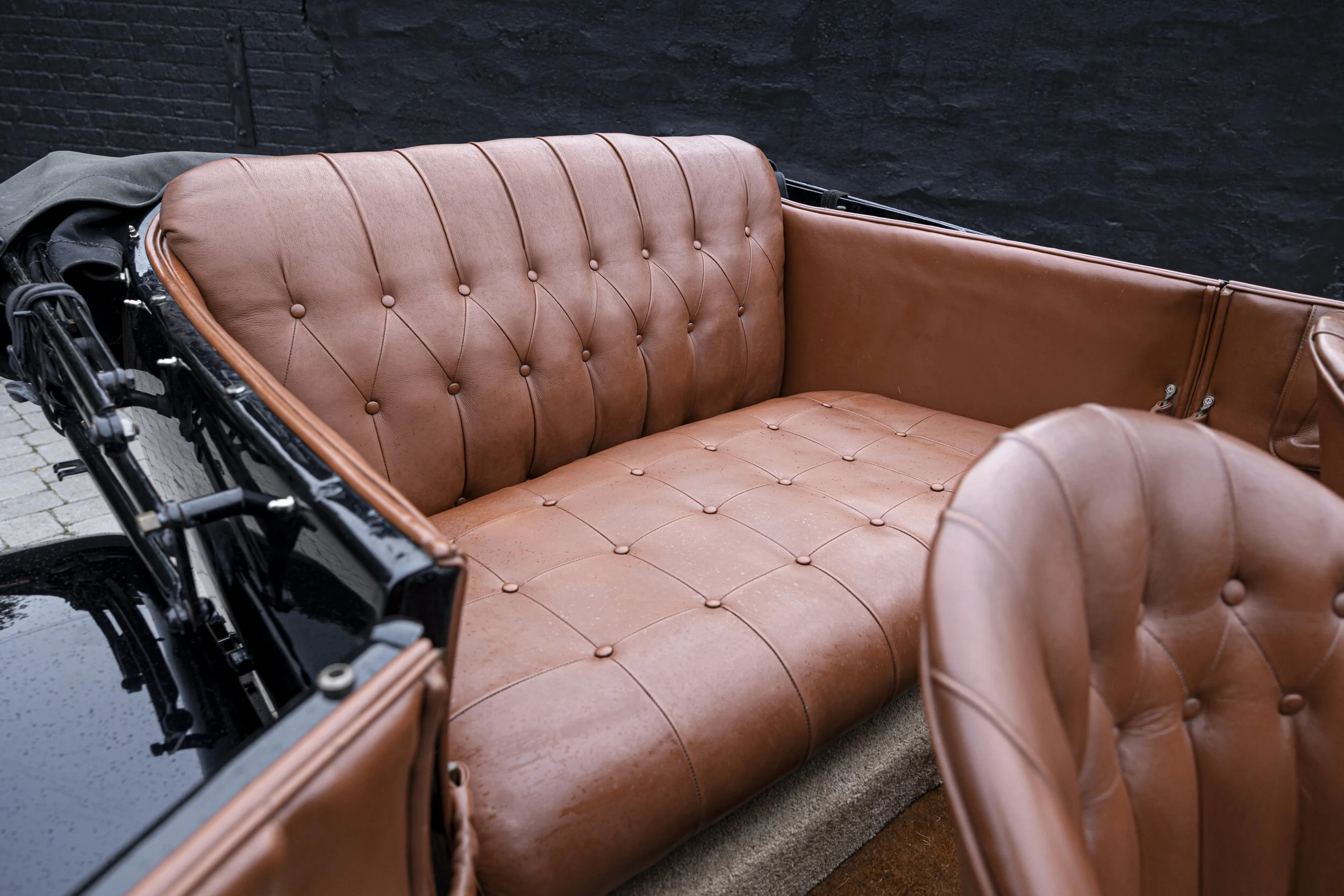
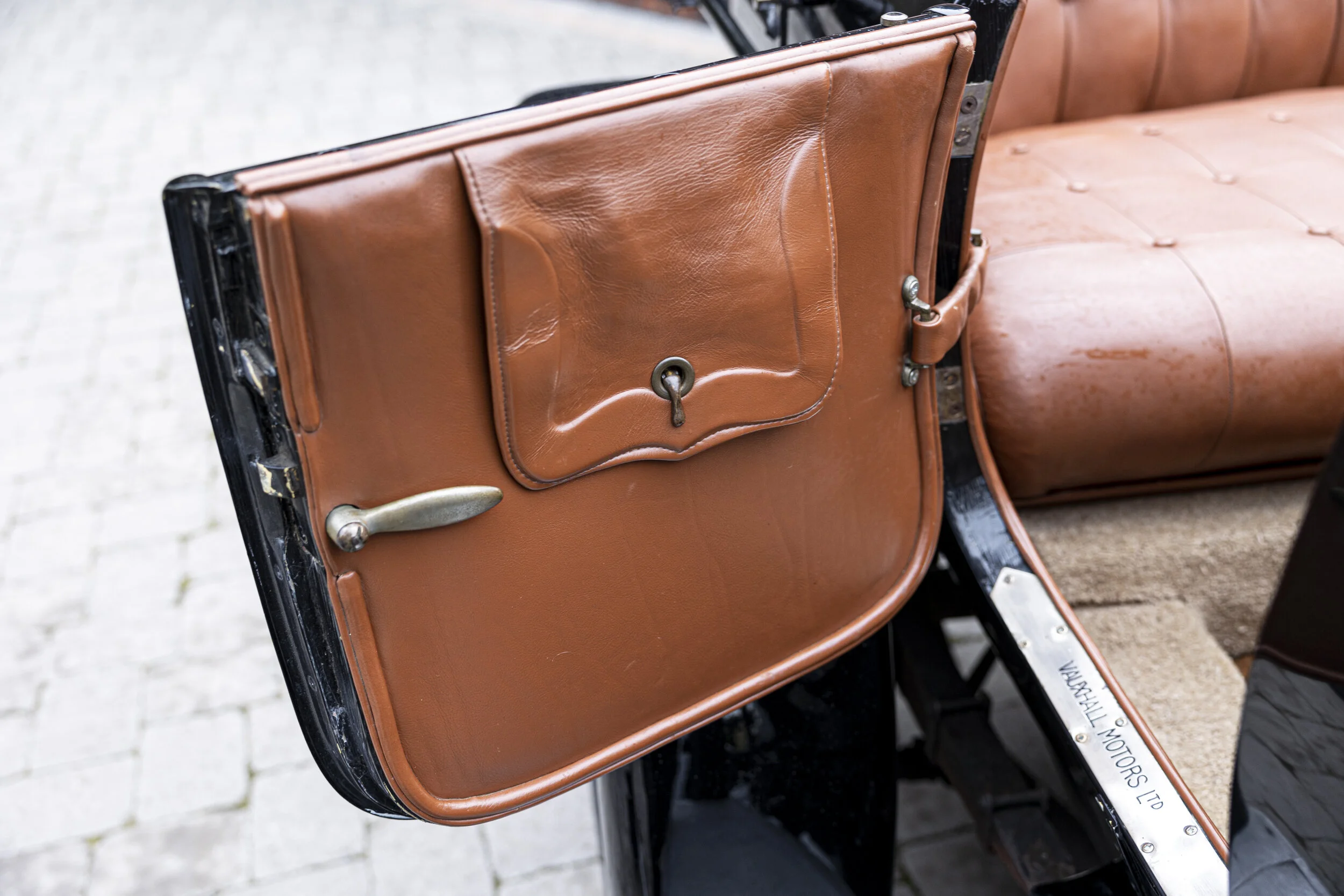
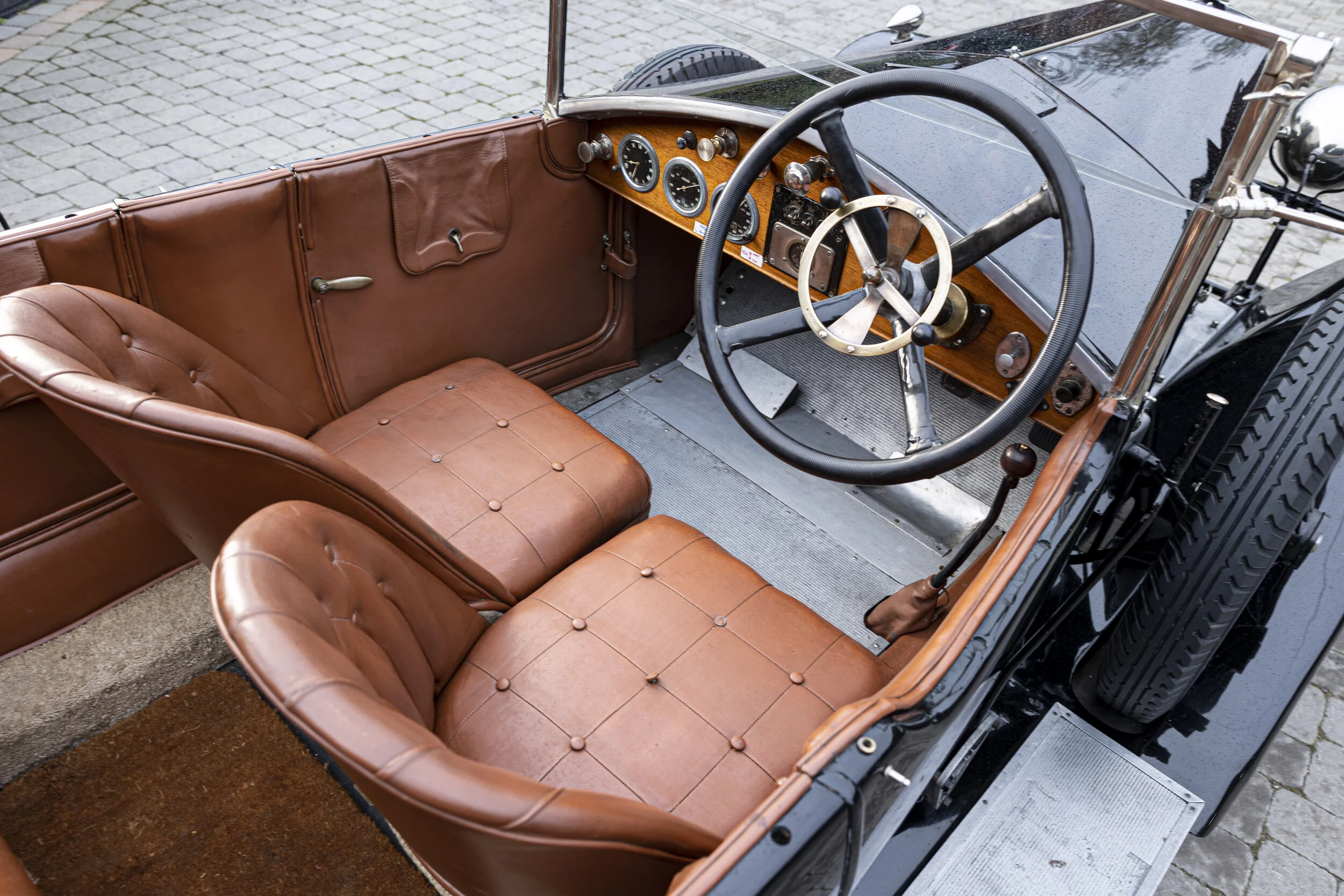
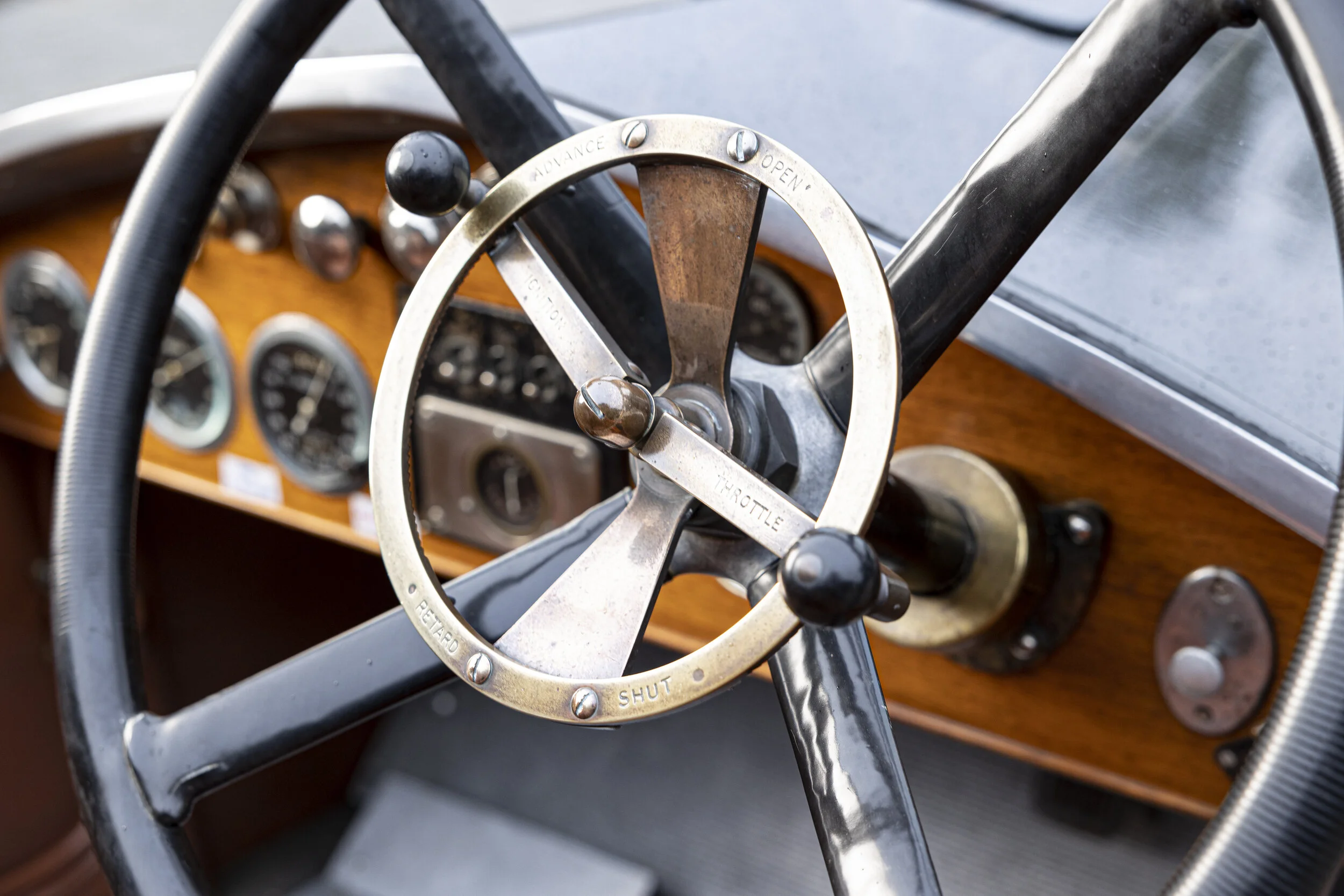

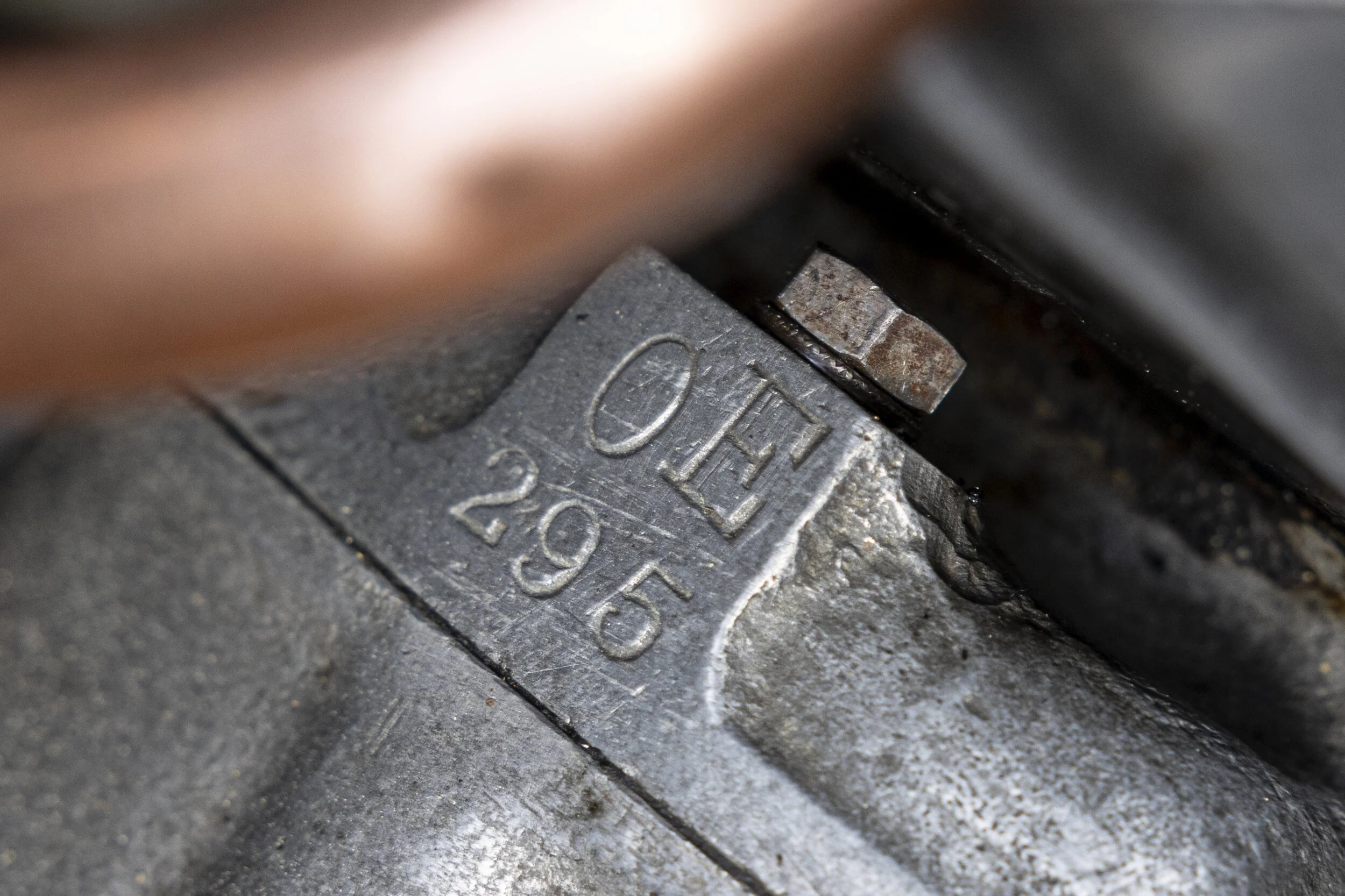
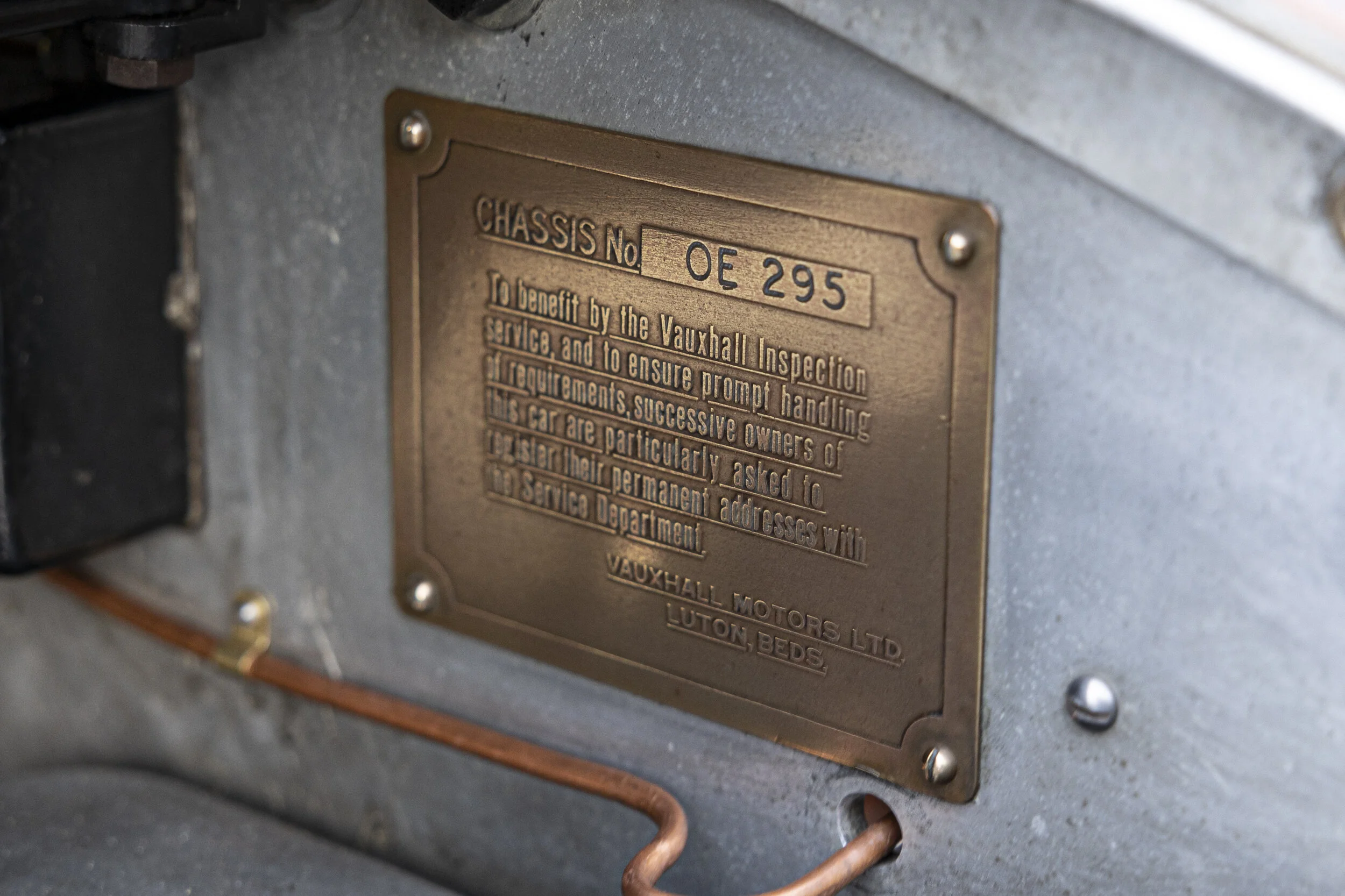
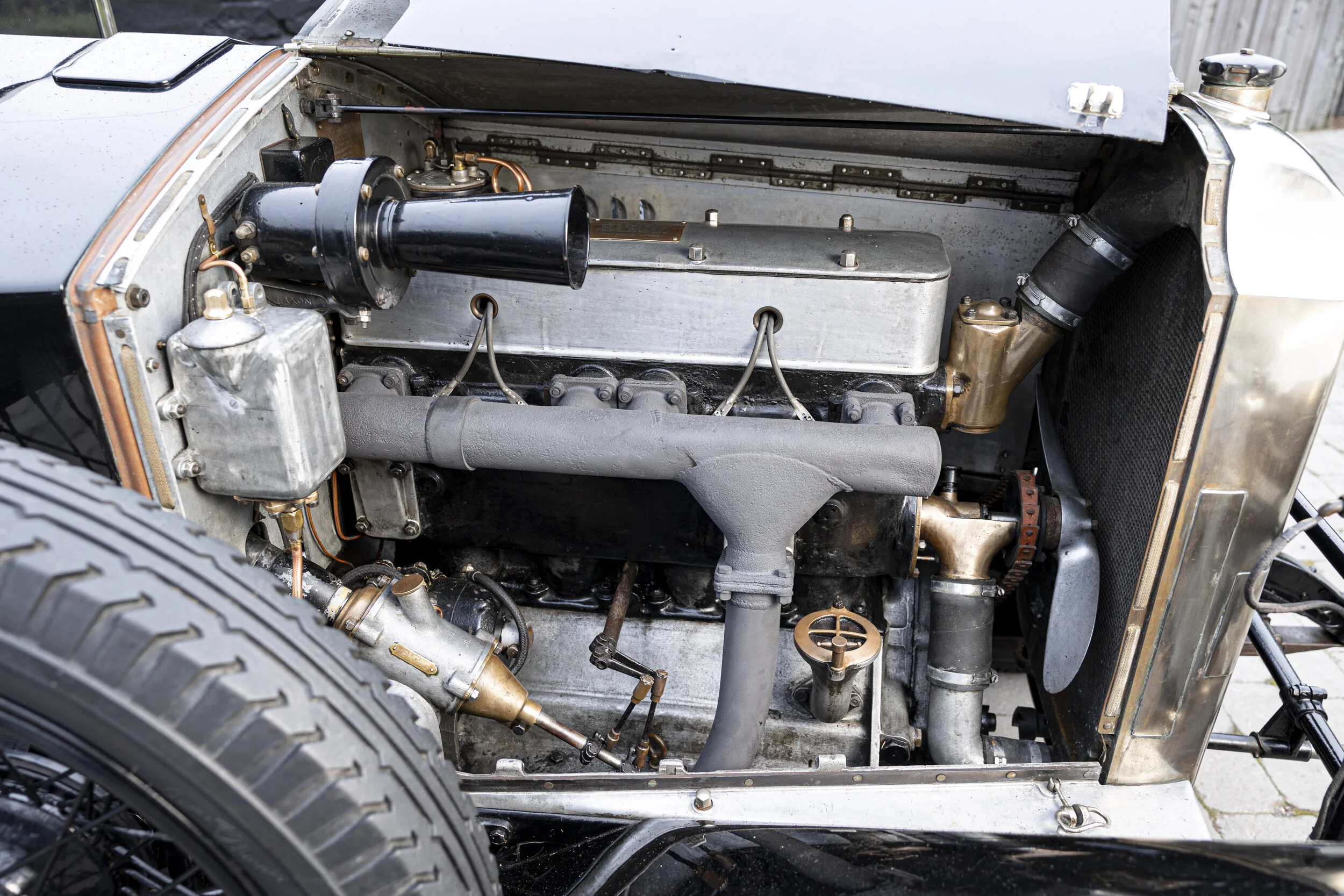
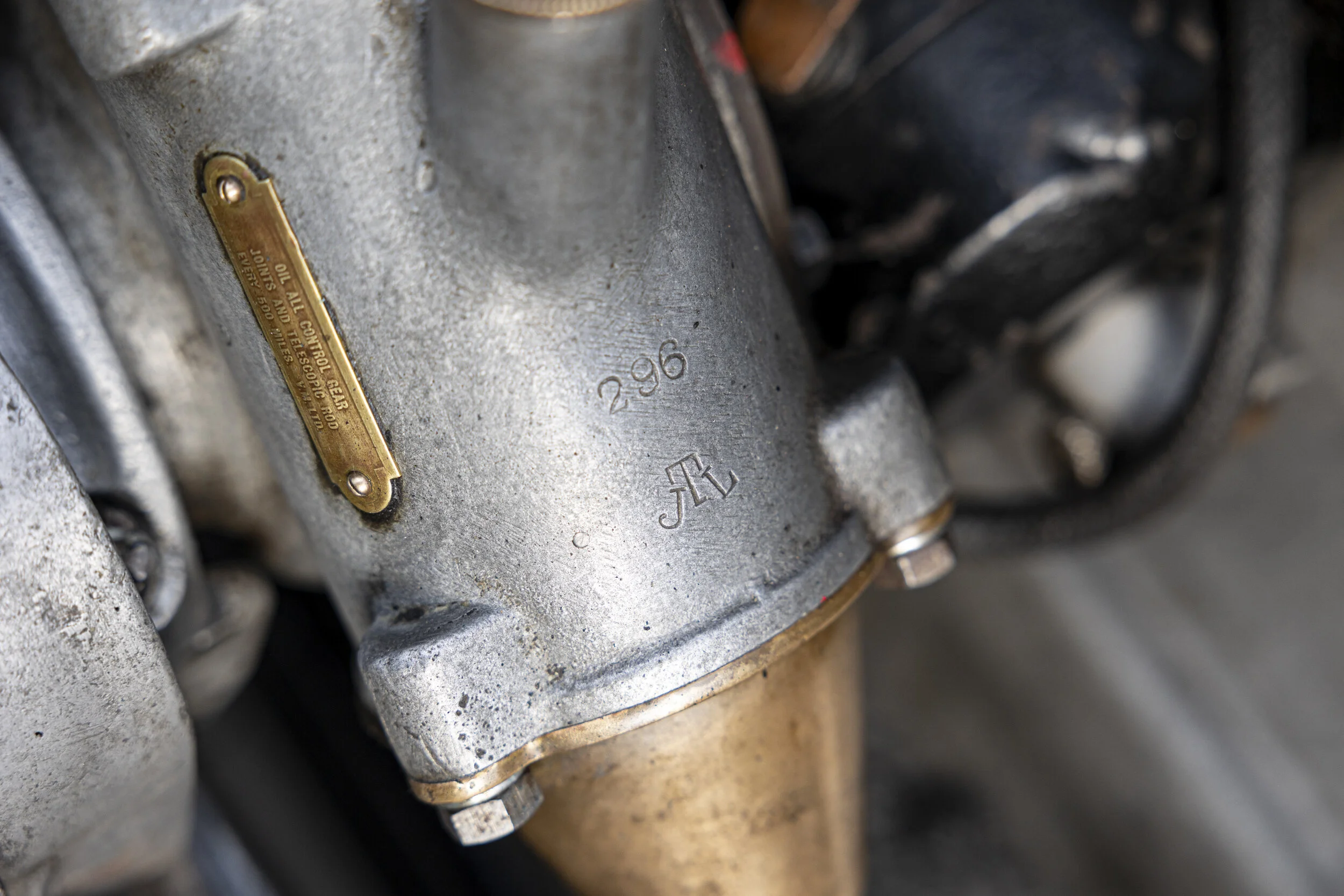
Coachwork by Vauxhall Motors
Registration no. YX 6843
Chassis no. OE295
Offered here from long term ownership is a well-known example of what is considered by many knowledgeable enthusiasts to be the finest British sporting car of the Vintage period.
Vauxhall 30-98 adherents will maintain that while Bentley generated greater publicity - thanks largely to their victories at Le Mans - the Vauxhall company (which raced at both Grand Prix and Tourist Trophy level) had produced a car that could run rings around Bentleys on cross-country journeys.
The 'big engine/lightweight car' formula has been repeated to good effect many times throughout the history of the sporting motor car, and Vauxhall's famous 30-98 was one of its earliest successful applications. As has so often been the case, the spur behind this particular combination was the desire for competition success; the first 30-98 being constructed at the behest of car dealer and motor sport competitor, Joseph Higginson, in 1913. Higginson's first objective was victory in the Shelsley Walsh hill climb in June of that year, and the Laurence Pomeroy-designed 30/98 duly obliged, setting a hill record in the process which was to stand for 15 years.
Laurence Pomeroy's tenure as Vauxhall's Chief Engineer saw the Luton-based concern produce some of the truly outstanding designs of the Edwardian period, commencing with the 20hp Prince Henry in 1910. A larger version of the Prince Henry's four-cylinder side-valve engine was developed for its successor, the D-Type, which, with some 70bhp on tap, was good for 70mph-plus when not overburdened by formal coachwork. Pomeroy's 30-98 was powered by a 4½-litre, four-cylinder, side-valve engine - in effect a stretched version of the Prince Henry/D-Type's - mounted in a conventional but lightweight chassis; suspension being by beam axle at the front and live axle at the rear, with semi-elliptic springs all round. Power was transmitted via a multi-plate clutch to a robust four-speed gearbox, and thence via a short prop-shaft to the straight-cut bevel rear axle. The braking system consisted of a foot-operated transmission brake and a handbrake operating on the two rear drums, the front wheels being un-braked.
At first glance this unremarkable specification seems an unlikely one for a performance car - even an Edwardian example - but the 30-98's 90bhp-plus power output, combined with a weight of only 24cwt (with the factory-built, four-seater 'Velox' tourer coachwork) gave it a formidable power-to-weight ratio for the time. A fully road-equipped 30-98 was capable of around 85mph, and when stripped for racing, the company guaranteed a top-speed in excess of 100mph for the later overhead-valve models, a capability demonstrated at Brooklands on numerous occasions.
Only a handful of cars were sold before the outbreak of WWI interrupted production, and when manufacture resumed in 1919 the model was given the designation 'E-Type' - its Prince Henry predecessor having been the 'C' and the 25hp Tourer the 'D'. Manufacture of the E-type ceased in September 1922 after 287 cars had been constructed, there then being a slight hiatus in production before its successor, the overhead-valve 'OE', commenced delivery to customers in early 1923. Despite a reduction in capacity to 4.2 litres, the power of the OHV motor went up to 110bhp-plus with far more scope for further development and greater power still, making the OE a true rival to the 4½ Litre Bentley.
The OE was not to gain front-wheel brakes until late 1923, when a cable system was introduced. This was operated, along with the transmission brake, by the foot brake. Total production of OEs numbered 312 cars.
One of the last 25 examples manufactured ‘OE295’ offered here, boasts the final and arguably best specification of 30-98 produced by Vauxhalls, with large hydraulic front and transmission brakes, larger rear brake drums, improved gearbox with better ratios, heavier duty Hartford shock absorbers and mounting brackets, a front door which made it possible to exit the car with the hood up, slightly re-modelled bonnet line and front wings. These upgrades combined to make these final few cars arguably the most refined and capable version of the model.
According to highly respected 30-98 authority, Nic Portway, this particular OE left the Vauxhall factory in 1927, adorned with Velox coachwork. Very unusually ‘OE295’ appears to retain all of its original major mechanical components and retains the Velox coachwork.
Well-known in Vauxhall circles, 'OE295s' first known owner was well known 30-98 racer and campaigner for many years of the famed Vauxhall Villiers Tony Brooke, ‘OE 295’ was indeed his road car when he was racing 30-98s very actively in the 1930s. ‘295s’ next known owners are D. Richmond Jones 1936-7, Thompson 1950-52, N. Jones 1953, before coming into the hands of Pat Coates in 1953. A well-known aficionado of the model, Coates for many years owned three 30-98s and was a good friend of Nic Portway’s who got to know ‘OE295’ well during this period.
Coates retained the car until his death in 1993, at which point it was acquired by the current owner at auction, by this point ‘OE295’ was in need of restoration. The bottom end of the engine had already been done for Coates by leading 30-98 specialist Arthur Archer and the engine rebuild was completed in house by the vendor. The chassis was checked and refurbished by Julian Ghosh (Green Farm Racing); and the body frame restored by Eric Peppercorn. The 30-98 was then used by the enthusiast vendor for various VSCC events and touring. In 2014 the rear axle and front-axle were rebuilt by marque specialist Jeremy Brewster, and rewired by expert electrician Winston Teague (2011), the history file also includes sundry restoration invoices. More recently the hydraulic braking and fuel system have benefitted from attention from our sister restoration company I.S Polson.
A correct and original example of one of the ultimate vintage sports cars, offering arguably the best specification available for these cars. ‘OE295’ will as when new, provide the new owner with the finest of sporting cars, able as in period to take the fight to the hordes of Bentleys on events such as the Flying Scotsman, 1000 Mile Trial and Shamrock Rally.
Please note there is a spare gearbox for this car available to the purchaser via separate negotiation.
